Consortium Partners
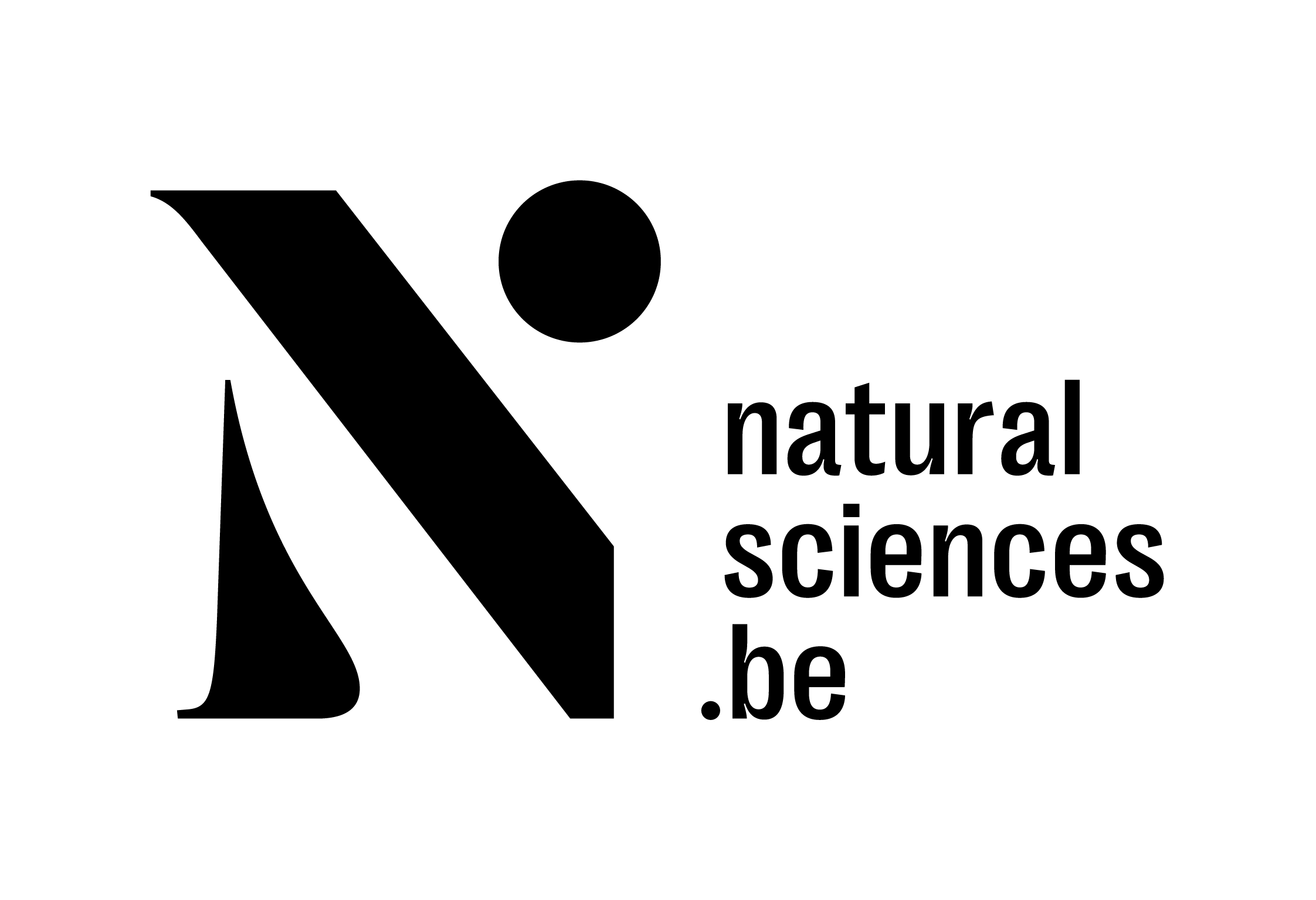
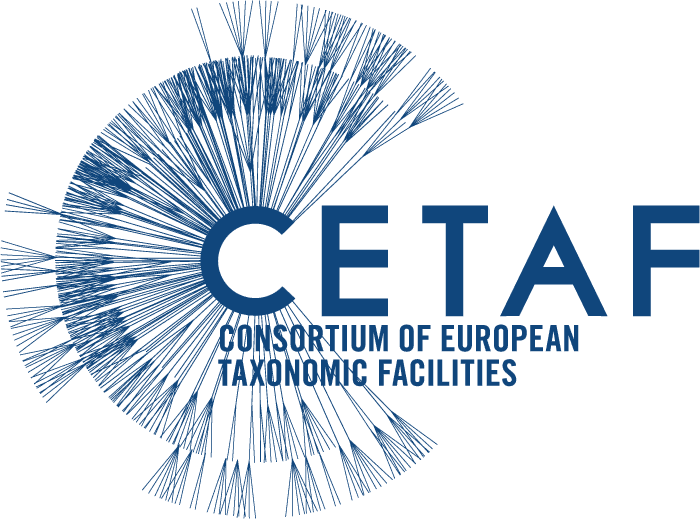
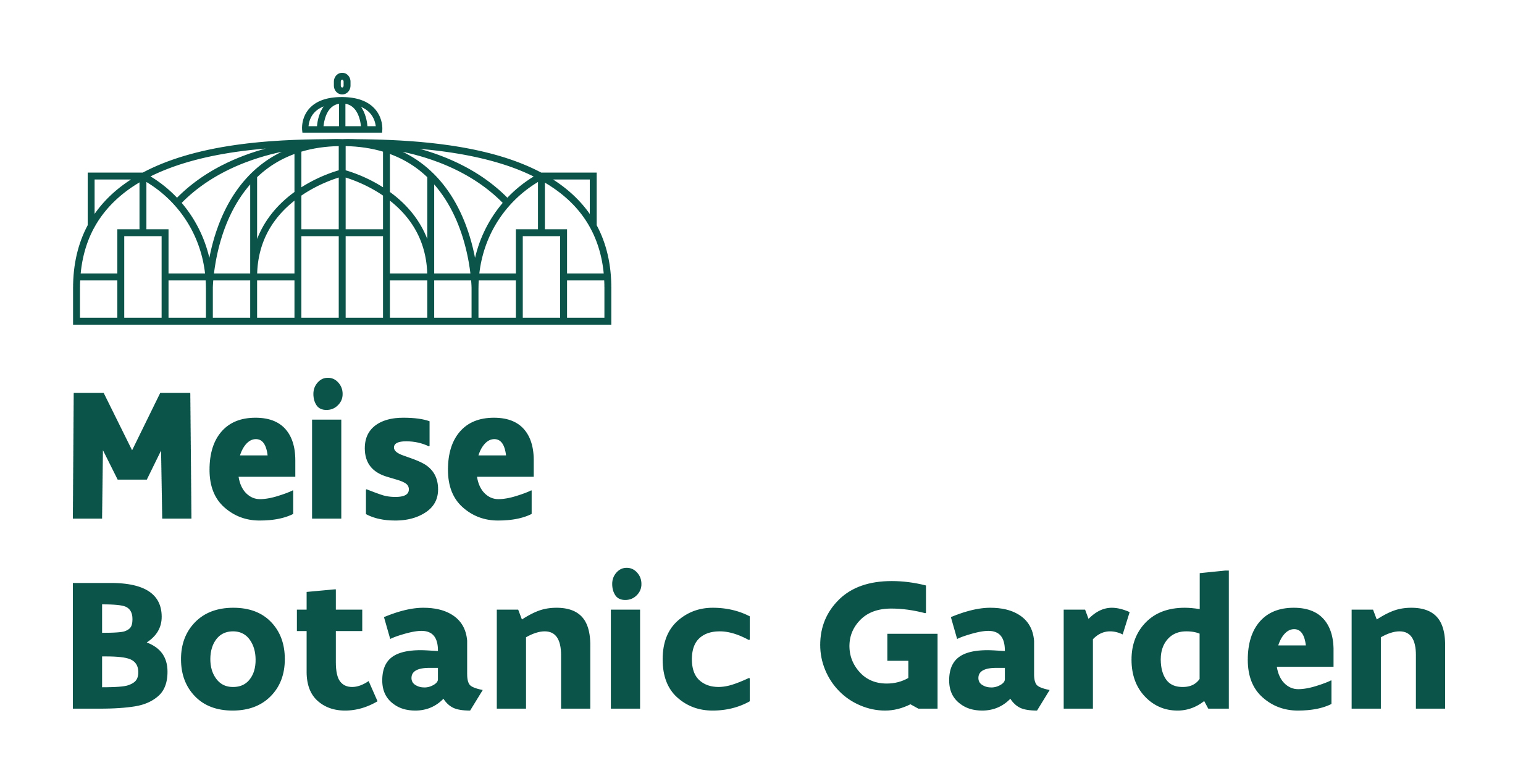


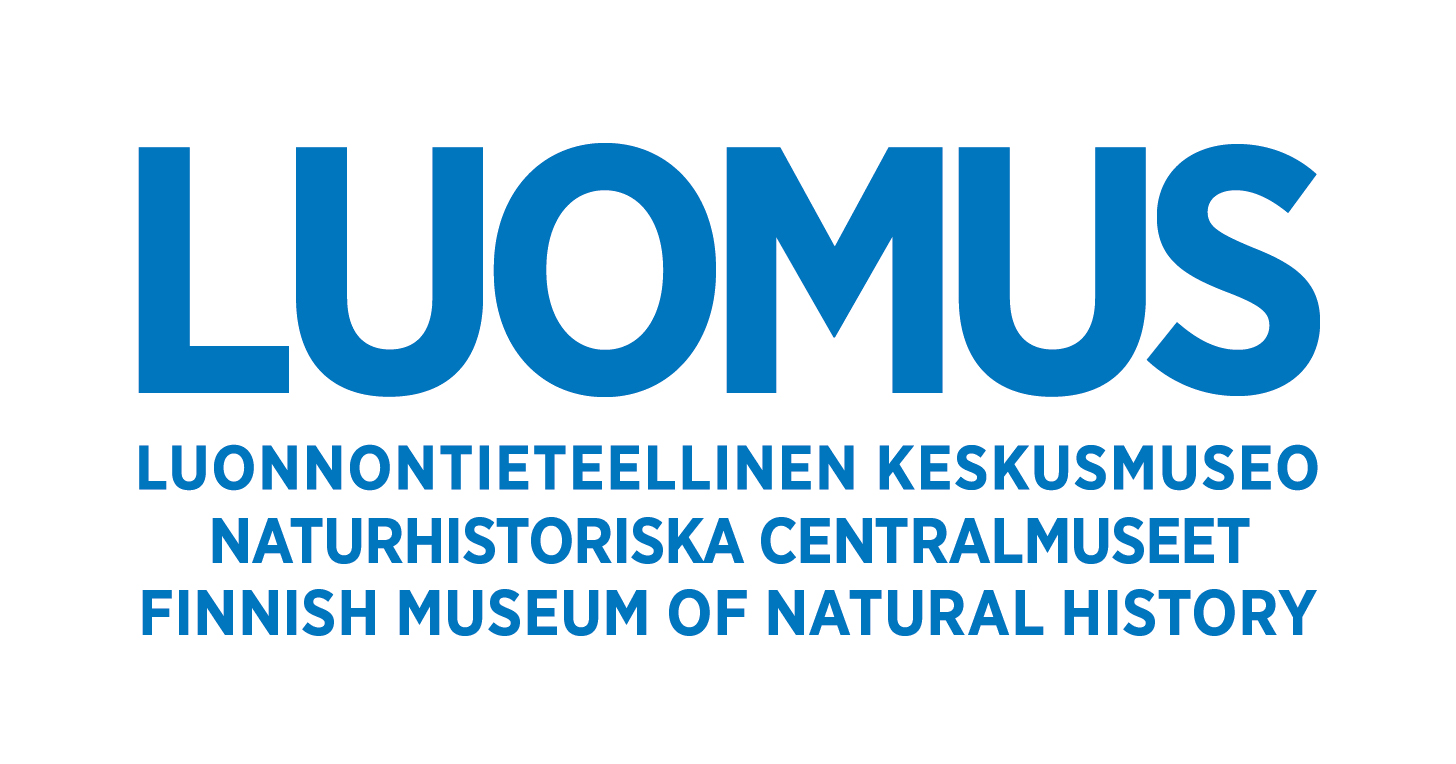
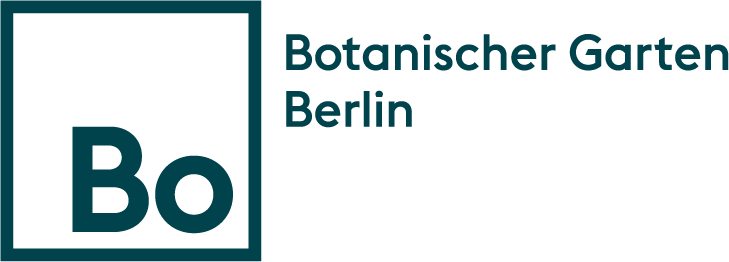

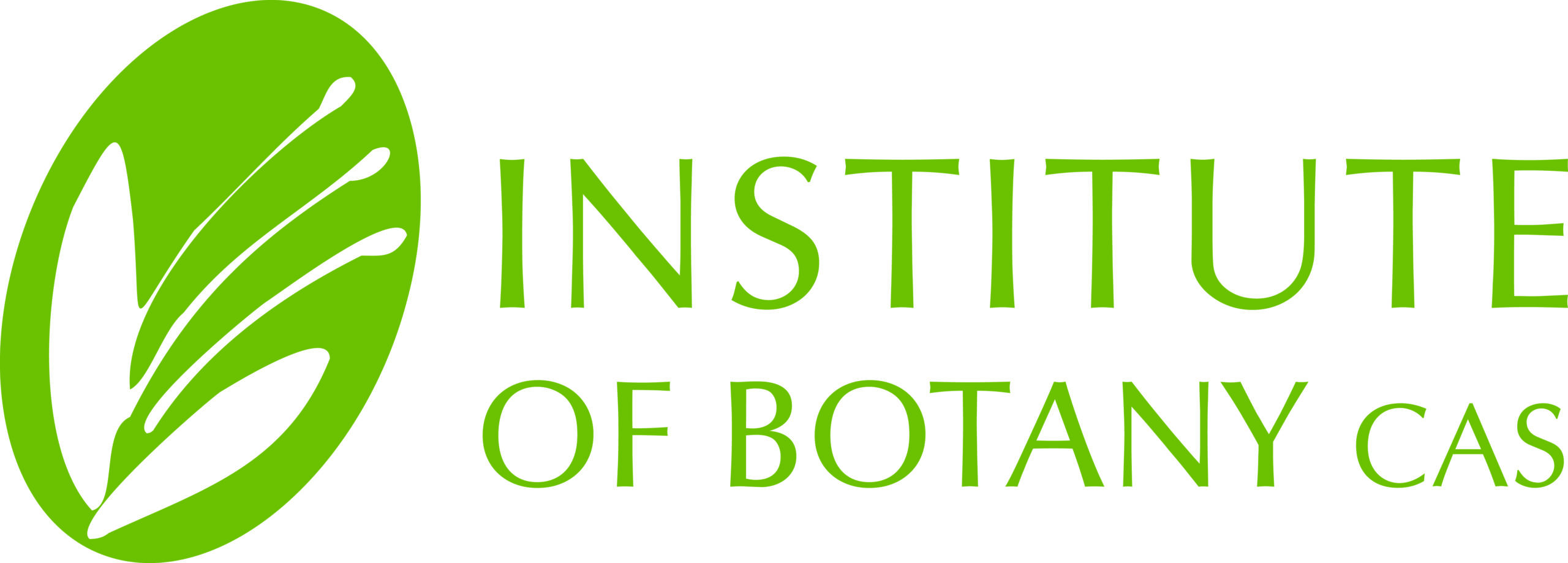
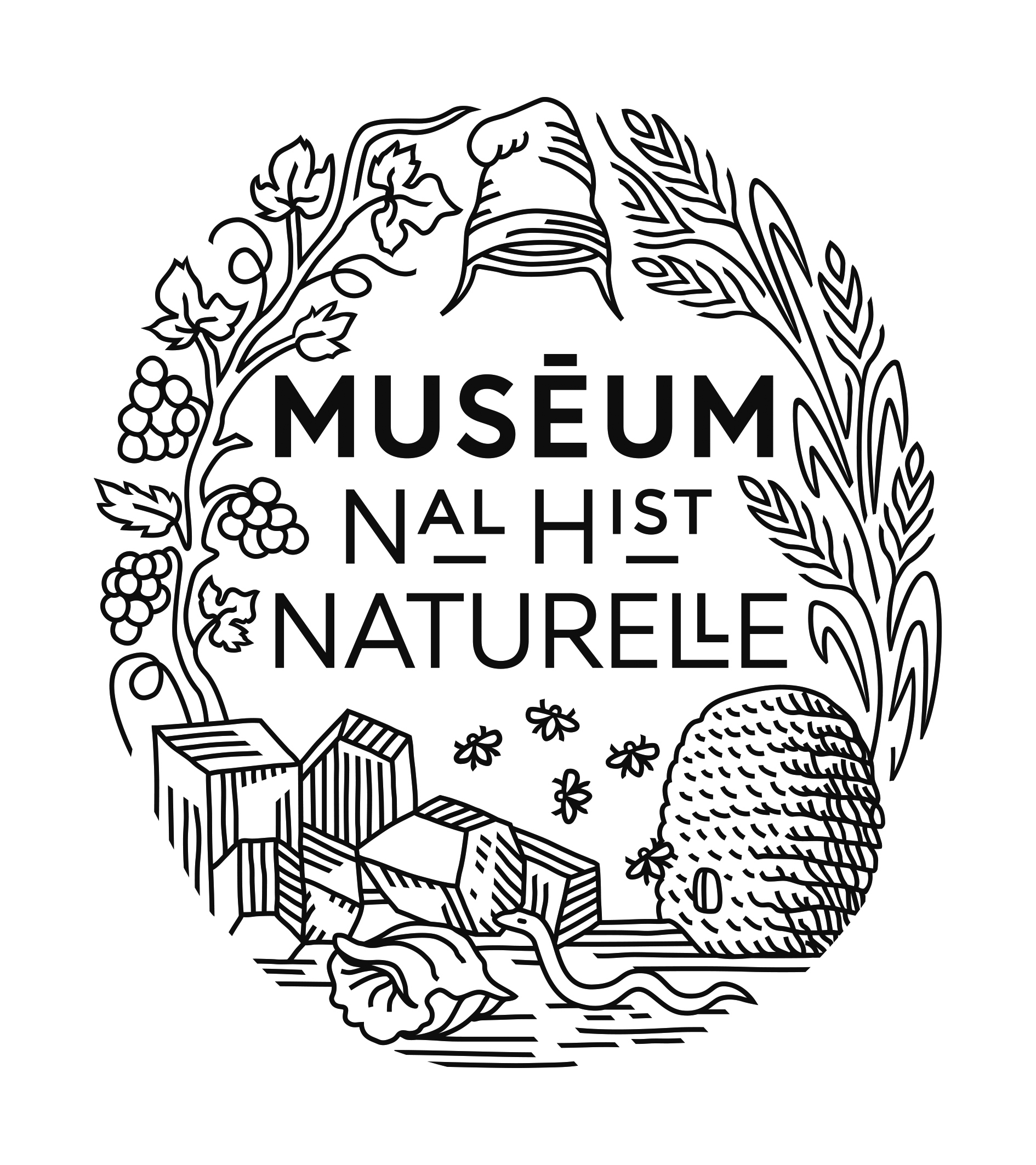
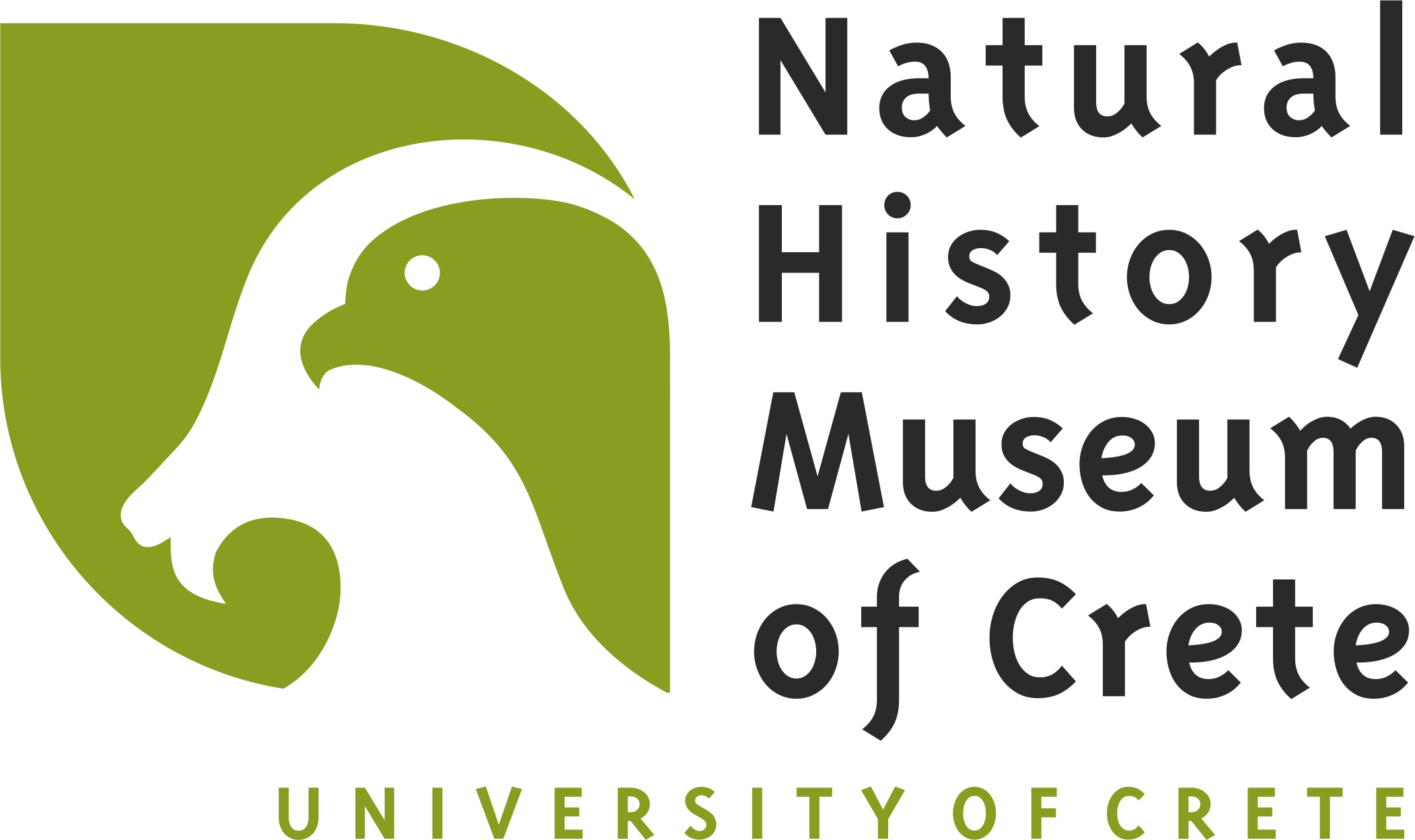
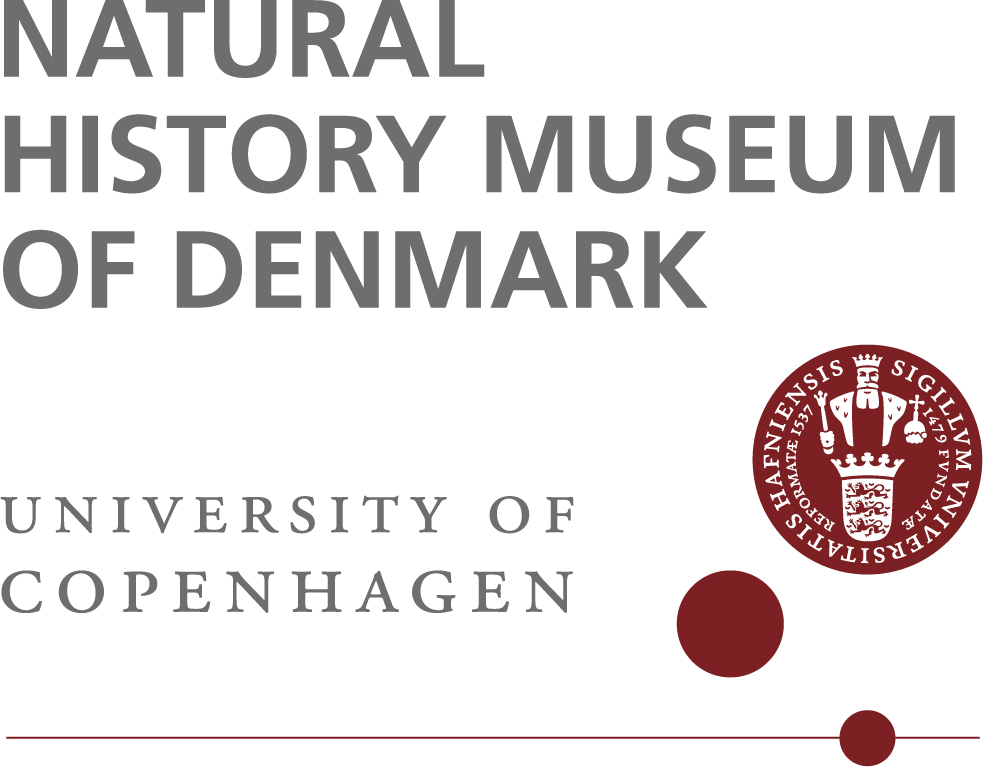

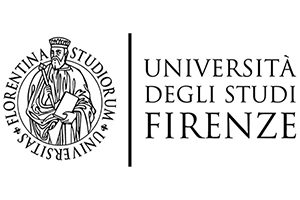
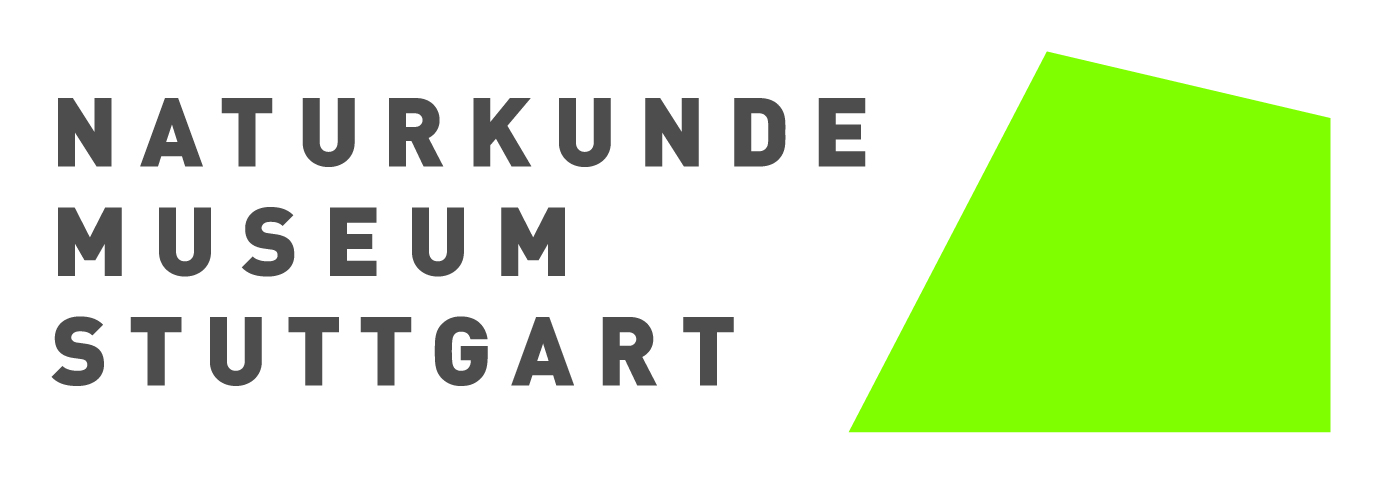
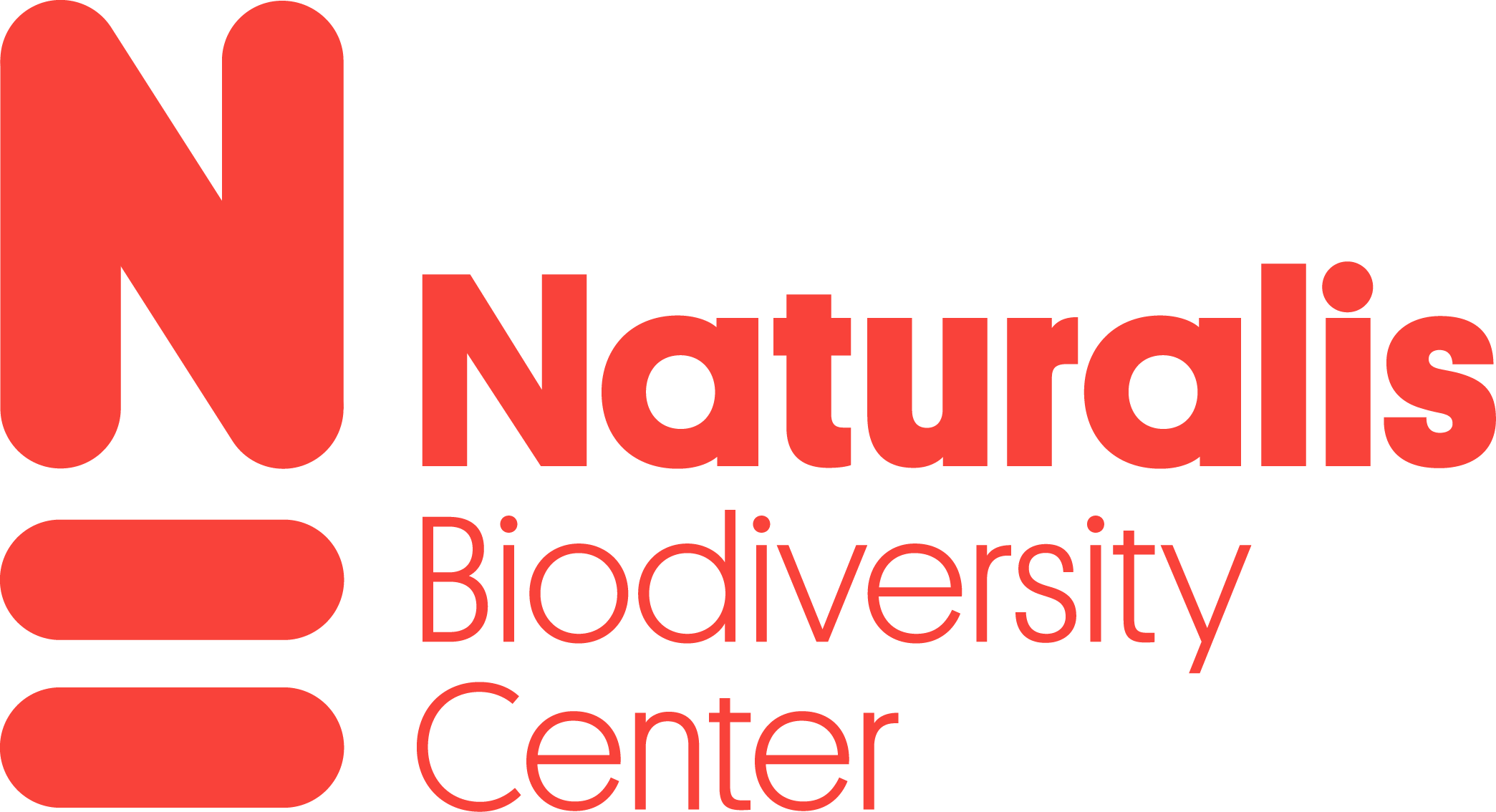

Royal Belgian Institute of Natural Sciences (RBINS)
The Project Coordinator, RBINS, is a Federal scientific institution which holds one of the largest European natural history collections. Its Operational Directorates Taxonomy and Phylogeny studies animal biodiversity and evolution, and more specifically, speciation, adaptation, biotic interactions, and integrative taxonomy. It holds various expertise (such as DNA barcoding, training development, stakeholder engagement, and development of reference collections) and hosts and manages the DEST platform. RBINS has also contributed to several major citizen science projects funded by the EC DG Research FP, DITOs and EU-Citizen Science. In TETTRIs RBINS will contribute to the trainings framework programme and lead the implementation of molecular (NGS) tools (WP6). RBINS will lead WP9 and is responsible for the financial-related tasks and collaborate in tasks throughout the project.
Consortium of European Taxonomic Facilities (CETAF)
The Technical Coordinator, CETAF, is an organisation of excellence that integrates research and taxonomic facilities in Europe, major museums, and botanic gardens. CETAF brings together 71 institutions across 22 countries and gathers over 5,000 scientists who jointly participate in > 100 research projects, enabling CETAF to stand as the leading European voice for taxonomy and systematic biology. TETTRIs is grounded in CETAFs core values, its collaborative work, networking and joint development of initiatives in support of taxonomy. CETAF will be involved throughout the project and lead technical and scientific related tasks in WP9.
Meise Botanic Garden (MeiseBG)
MeiseBG is an internationally renowned centre of excellence for plant diversity research, conservation, and documentation. With a living collection of 18,000 taxa, an herbarium with 4 million preserved specimens, and an extensive archive and botanical library, MeiseBG is among the largest botanic gardens in the world. Its science centres on collection-based research of plant diversity, evolution, ecology, and conservation. Its expertise to identify plants contributes to a wide range of fields such as forensic investigation, archaeology, ethnomycology, monitoring of biological water quality, sustainable logging, and studies of crop wild relatives. MeiseBG’s research expertise that contributes to the development of tools for the conservation of plants plays a vital role in the development of innovative tools in the TETTRIs project. MeiseBG will lead WP6 that focuses on technological innovation in support of taxonomic workflows.
Catalogue of Life (COL)
COL is an international collaboration bringing together the effort and contributions of taxonomists and informaticians from around the world to create an online database indexing the known species of animals, plants, fungi, and microorganisms to address the needs of researchers, policymakers, environmental managers, and the wider public.
In the TETTRIs project, COL will be mainly involved in WP2 and particularly in mapping local taxonomies.
Europe Citizen Science Association (ECSA)
ECSA has members in 21 EU countries and beyond, including research institutes, NGOs, universities, museums, government bodies, SMEs, and schools. ECSA encourages the growth of citizen science in Europe and supports participation of the general public in research. Additionally, ECSA engages in research, coordination projects, and acts as a communications hub for citizen science in Europe. In TETTRIs, ECSA will co-create the 3PP work program with citizen scientists and contribute to developing the Blueprint for Taxonomic Building Capacity. Additionally, ECSA will participate in defining the inventory of needs in the Taxonomic Expertise Marketplace. They will also play a crucial role in dissemination and transfer of knowledge.
Finnish Museum of Natural History (LUOMUS)
LUOMUS is an independent research institution functioning under the University of Helsinki. The collections, which include botanical, zoological, geological and paleontological specimens from all over the world, serve research in the fields of biology and geology as well as educational purposes. At the core of the research done at LUOMUS, are those principal branches of science that specialise in defining species accurately. This specialisation provides LUOMUS with the appropriate expertise to be leading the reference collections development in the TETTRIs project (WP1).
Free University of Berlin – Botanic Garden and Botanical Museum Berlin (FUB-BGBM)
FUB-BGBM holds the largest collections of botanical objects and literature in Germany. It is a research institution and a major centre in Biodiversity Informatics. The expertise and research projects of FUB-BGBM scientists focus on the taxa Asterales, Caryophyllales, Lichens and Diatoms, and the geographic regions of Europe, the Mediterranean, Cuba, and the Caribbean. In the TETTRIs project, FUB-BGBM will lead the development of WP2, specifically to streamline the EU-Nomen process and mapping local taxonomies. FUB-BGBM will also be involved in the development of the Taxonomic Resolution Engine (WP2).
Gothenburg Consortium – the Gothenburg National History Museum, Gothenburg University, and the Gothenburg Botanical Garden- Sweden (2 partners)
The Gothenburg Consortium consists of two institutions – the Department of Biology and Environmental Sciences of the Gothenburg University, and the Region Västra Götaland which comprises the Gothenburg Botanical Garden and the Gothenburg Natural History Museum. The Department of Biology and Environmental Sciences’, which houses Herbarium GB with 1.1 million specimens from all over the world. Researchers explore topics such as evolutionary ecology and conservation biology, systematics and biodiversity, physiology and cell biology, and environmental science. The Gothenburg Botanical Garden’s research area focuses on investing in the diversity,
relationship, and development of plants, while striving to conserve endangered species. Lastly, the Gothenburg National History Museum’s research and collections cover various areas such as invertebrate, geology, and vertebrate among others, while putting an emphasis on the importance of resource digitisation. The collaboration between the
three institutions provide the consortium a complementary expertise. In the TETTRIs project, the consortium will contribute to the Blueprint for Taxonomic Capacity (WP7), the taxonomic e-services and resources marketplace (WP3) and adds value to the integration of taxonomy into university curricula in WP5
Institute of Botany of the Czech Academy of Sciences (IBOT-CAS)
IBOT-CAS is the centre of botanical research in the Czech Republic and carries out fundamental research on species, populations, and communities of plants. Research results are opened for a broad audience, e.g., the Red List of Plants of the CZ, the Key to the Flora of the VZ, or Pladias Database of the Czech Flora and Vegetation (16). In the TETTRIs project, IBOT-CAS will lead the development of a funding scheme for training, reference collection and tools (WP7).
Muséum national d’Histoire naturelle (MNHN)
MNHN currently has 12 sites across France, with three in Paris. It is one of the top three natural history institutions in the world. MNHN collections are made available via the RECOLNAT infrastructure. MNHN’s knowledge and expertise will allow the development of innovative tools through a platform for integrative species delimitation analysis providing an open access to all kinds of users (WP6) and will contribute to the development of the training frameworks (WP4).
Natural History Museum of Crete-University of Crete (NHMC-UOC)
The NHMC-UOC is an international leader in the scientific study of the natural world. In addition to its research expertise in the terrestrial bio- and geo-diversity of the eastern Mediterranean region, NHMC-UOC also holds an expertise in the use of knowledge, behaviours, skills and capacities to the public, to promote responsible interaction
with the natural world. NHMC-UOC will use its expertise gained through previous projects such as the ERASMUS+, BIOTALENT, MOBILISE and Virtual Pathways projects, to build resilient connections between adults and students and science museums, through incorporating physically attended training modules, e-learning and digital technologies. NHMC-UOC’s combined expertise and experiences provide the team with the right knowledge to lead the development of training frameworks and pilot courses (WP4).
Natural History Museum of Denmark (NHMD)
NHMD is a part of the University of Copenhagen where the core activity of NHMD comprises research, teaching, public engagement and conservation of the national natural history collections. NHMD offers expertise and equipment for collection-based biological and geological research. In the TETTRIs project, NHMD will lead the
engagement and dissemination activities of the project results (WP8). Additionally, NHMD will also contribute to the mapping of local taxonomies, the development of training frameworks (WP4) and the innovative tools (WP6).
Natural History Museum of Vienna (NHMW)- Austria
NHMW holds extremely rich and diverse collections and is a leading research centre in Austria. Research topics range from the structure of earth and universe to the evolution of biodiversity and to human prehistory. NHMW is involved in the DiSSCo development by leading the OSCA (Open Scientific Collections Austria) consortium. In the TETTRIs project, NHMW will lead task 1 in WP5 (career opportunities for taxonomists), as well as task 4 in WP6 (crowdsourcing platform for specimen annotation).
University of Florence (UniFi)- Italy
UniFi is one major public research and advanced training system in Italy. The outstanding scientific, historic, and cultural relevance of the museum collections of its Natural History Museum (MSN), coupled with the renowned scientific expertise of both museum curators and collaborating scholars in (mainly) the Biology, Earth Science and
Agriculture Departments guarantee UniFi a leading role within national and international networks. Beyond its structural training courses, UniFi is endowed with a staff of experts skilled in outreach and public engagement in science and biodiversity conservation (incl. citizen science programmes), collection management and museology (anthropology, botany, zoology etc.), 2D and 3D digitization and FAIR sharing of data. In the TETTRIs project, UniFi will lead two tasks in WP1 and WP4 and will contribute to WP3 and WP5.
State Museum of Natural History Stuttgart (SMNS)-Germany
SMNS is a fully integrated research museum and highly engaged in teaching and outreach. One of the main research areas is the documentation and monitoring of biodiversity loss in Central Europe. Together with the University of Hohenheim, SMNS established the Competence Centre for Biodiversity and Integrative Taxonomy as an innovative research hub. In the TETTRIs project, SMNS will lead the development of academic education to build taxonomic knowledge in a multidisciplinary landscape (WP5).
Naturalis Biodiversity Center (Naturalis)-The Netherlands
Naturalis is the national museum of natural history of the Netherlands and a leading global institution in biodiversity research and the digitization of natural history collections. Naturalis maintains links with almost all universities in The Netherlands, and with countless institutes around the world. Besides taxonomy and systematics, its research groups cover several ranges of research area such as tropical botany, marine biodiversity, vertebrate evolution, development, and ecology, etc. In the TETTRIs project, Naturalis will lead WP3 to develop the marketplace for taxonomic services and expertise. It will also lead several tasks, such as defining reference collections (WP1), and developing the species recognition APIs and development of audience-specific automatic identification aids (WP6). Naturalis currently leads the development of the DiSSCo research infrastructure.

